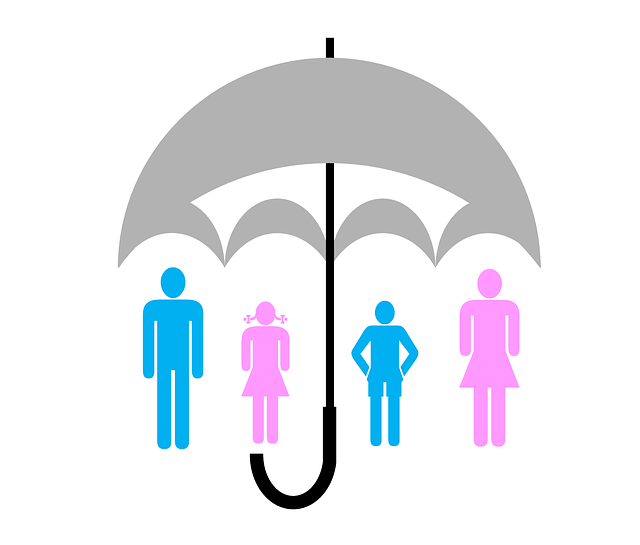
The Internal Revenue Service (IRS), Department of the Treasury (DOT), Employee Benefits Security Administration (ESA), and Department of Health and Human Services (DHS) recently issued a final ruling on the use of employer-funded health accounts. Effective January 1, 2020, employers of all sizes that do not offer a group coverage plan may use HRAs as a vehicle to help employees pay for health insurance premiums. This ruling extends beyond the current scope of health reimbursement arrangements (HRAs), which allows businesses to offer employer-funded accounts for employees to apply to out-of-pocket medical expenses and now allows employees to pay for insurance premiums.
The new ruling is expected to affect more than 800,000 employers and 11 million employees, making it a far-reaching update to the current system. Under the guidance, employers may offer two new types of HRAs:
The Benefits
Considerations:
To assist employers, the DOL issued this Individual Coverage HRA Model Notice: https://www.dol.gov/sites/dolgov/files/ebsa/laws-and-regulations/rules-and-regulations/completed-rulemaking/1210-AB87/individual-coverage-model-notice.pdf .
This notice is not exhaustive. If you would like more information on how your business might benefit from an ICHRA, give the professionals in our office a call. We can go over your options and determine if you satisfy the ACA’s affordability and minimum value requirements.
Receive Free financial tips & Tax Alerts!
"*" indicates required fields
Businesses usually want to delay recognition of taxable income into future years and accelerate deductions into the current year. But when is it wise to do the opposite? And why…
Navigating the realm of capital gains and optimizing tax outcomes require strategic thinking and informed decision-making. Understanding and employing effective capital gains tax strategies is crucial for businesses contemplating asset…
If your business doesn’t already have a retirement plan, it might be a good time to take the plunge. Current retirement plan rules allow for significant tax-deductible contributions. For example,…